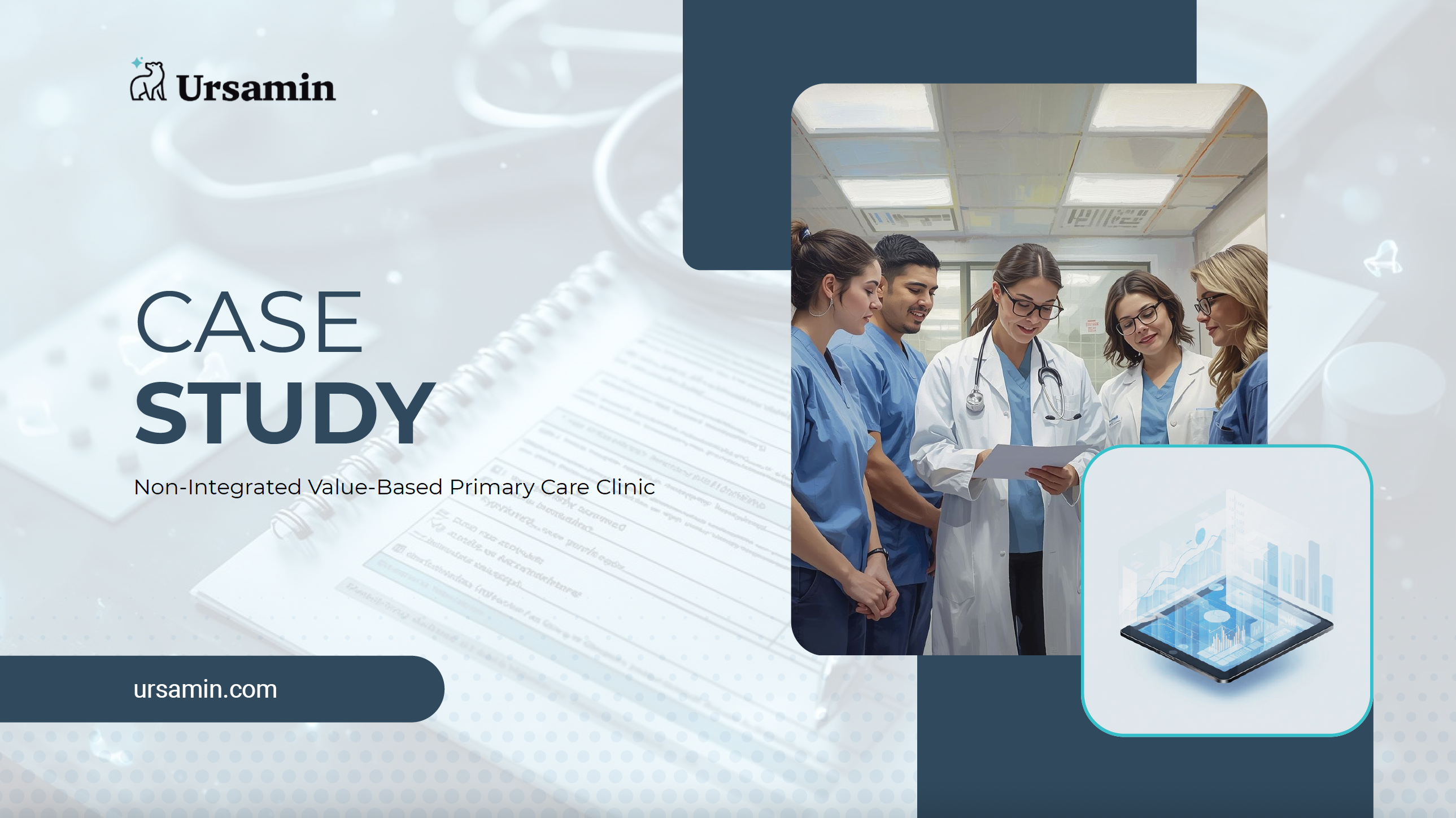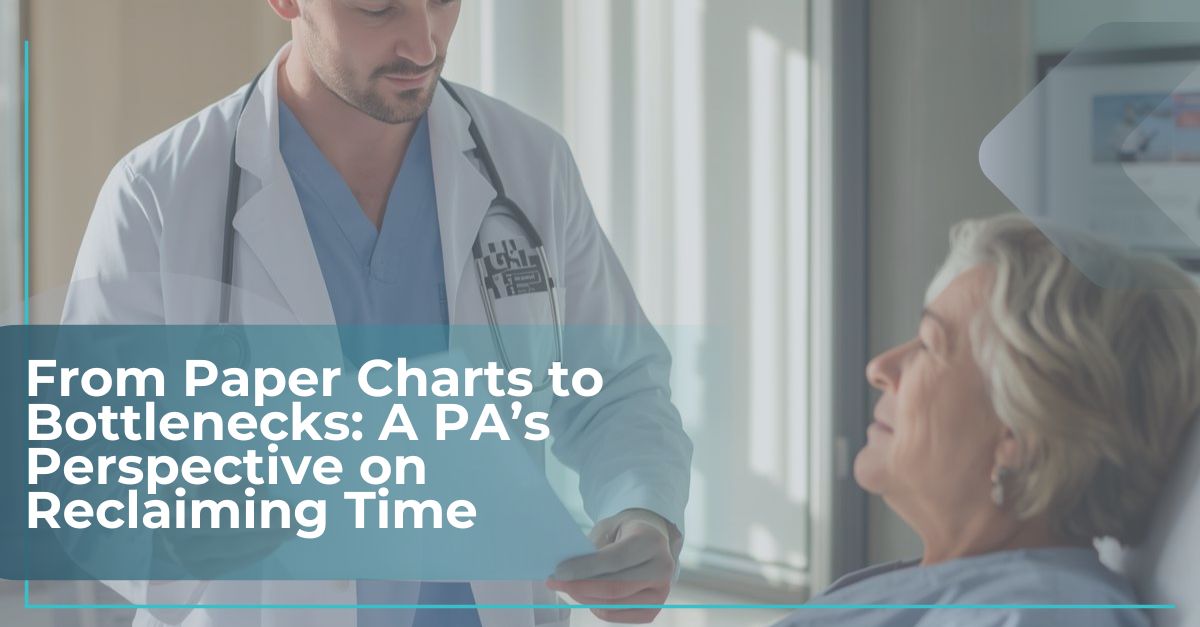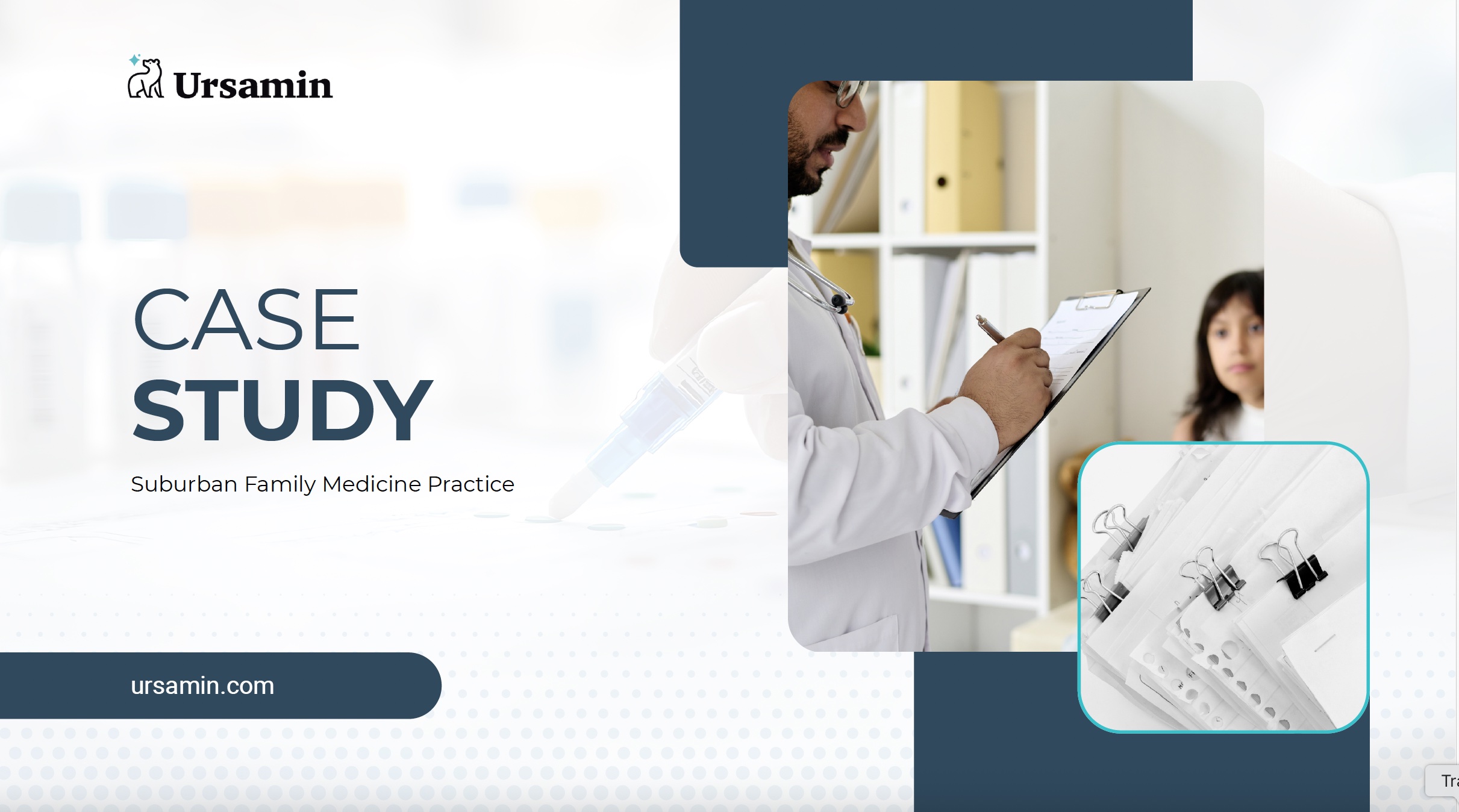Medicare Advantage is undergoing a fundamental shift as the industry works to move towards improved quality care. With new regulations like V28, the government is reducing payments for common chronic conditions such as diabetes and heart failure.
The initial shift in reimbursement was designed to sharpen focus on high-risk patients by incentivizing providers to deliver better outcomes. In practice, however, it often turned into a race to code every condition correctly rather than driving meaningful improvements in care. With changes like V28, the challenge is clear: organizations must now adapt by scaling care and demonstrating real outcomes, not just managing conditions one code at a time.
In the past, health plans and providers could boost revenue by focusing on coding every diagnosis. Unfortunately, those codes now count for less reimbursement. This creates significant financial pressure.
Going forward, success will depend on one single focus: proving that patients are truly healthier. This means demonstrating fewer hospital visits, better control of chronic conditions, and an improved quality of life. This shift is more than just a policy change; it calls for a new way to operate.
This is where Ursamin has been focused. To improve outcomes, clinical teams and provider groups must be able to access real-time insights into which outcomes are achievable. They must use tools that help them take the right action at the point of care.
Instead of relying on traditional, high-cost outsourcing models (where nurses are tasked with administrative work that could be automated), the market needs scalable, lower-cost solutions to support the growing prevalence of rising-risk and high-risk patients in our population.
Ursamin’s platform is purpose-built to help health providers succeed in this new environment. Ursamin’s integrated platform helps outpatient clinics:
Prove Outcomes, Not Just Effort:
Demonstrate fewer ER visits, stronger chronic disease control, and measurable improvements in patient health — the metrics that matter under V28 and future models.
Scale Care for Rising-Risk and High-Risk Patients:
Move beyond one-off coding gains to coordinated workflows that let nurses, medical assistants, and care coordinators handle more patients effectively without adding staff.
Turn Data Into Action at the Point of Care:
Real-time insights and task automation ensure care teams can act immediately on risks and gaps, not weeks later from retrospective reports.
Ursamin’s number one focus is to help practices prove patients are truly healthier with stronger chronic disease control, improved quality of life, and fewer ER visits.
See Ursamin in action. Request a complimentary demo.




